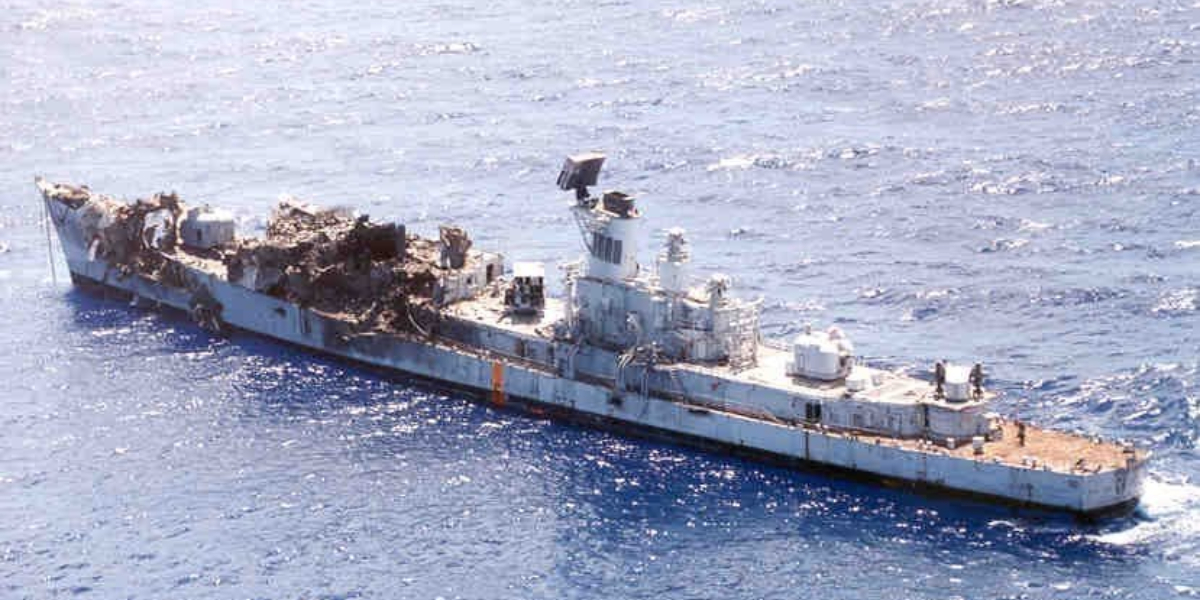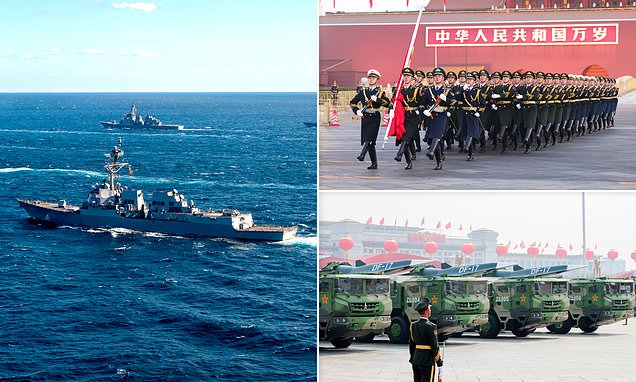shin_getter
ACCESS: Top Secret
- Joined
- 1 June 2019
- Messages
- 1,105
- Reaction score
- 1,482
Carriers always have been vulnerable, and people don't notice because they thought "peer power wrongly."They have always been vulnerable; but they are more vulnerable now than they ever have been....
I seem to have just talked myself into thinking the day of the carrier is over, at least where peer opponents are concerned.
Ground based air forces are always more efficient when given sufficient land area. Well designed Air fields are tough targets to neutralize, large land areas allow dispersion and concealment. Land based aircraft is cheaper and can be scaled up to longer range. An air war between a equal budget Carrier force and a well structured land air force can only result in the air force winning.
Japan at 1/10 of the war making capability of the US was not a peer power, and while Japanese carrier capability declined dramatically into irrelevance after mid war, the land bases still inflicted significant losses to US carrier forces. The air campaign over Japan is also mostly done by strategic bombers as the Carrier force can not cost effectively conduct both self defense and deliver effective striking power to a very crippled Japan under extreme fuel shortages. Most of the Carrier on land base victories is against tiny islands which denies concealment, dispersion or large air groups to the defender.
In a true peer context, the force to look at is fleet air arm. The fleet air arm simply could at not challenge the luftwaffe in a standup fight.
That said, the UK carrier force was neither useless nor replaceable with escort carriers. While most of the time carriers conducted operations far from opponent coasts, there were operations like Malta convoy battles and raids like Taranto that demanded fleet carriers. In those operations the carriers are at a disadvantage relative to land based forces it opposed, however the strategic value of the operation balances out the risks and losses. Those are highly situational however.
---------------
If there were new technology the truly alters the strategic balance between land bases and carriers, it is the development of tankers. Tankers enable land based aircrafts to out range carrier air significantly at equal cost (due to enabling economical large airframes), while greatly increase operational mobility of air forces and reduce aircraft cost-performance sacrifices to obtain range.
A tanker force can enable an air force to mass as the speed of flight to counter the advantage of aircraft carrier's ability to have initiative. No longer could a carrier force easily conduct a raid on isolated outposts and get away before retaliation.
With tankers, instead of the old situation where long range air superiority and strike demands large and expensive, perhaps twin to quad engined aircraft that trades inefficiently against short range defensive fighters, tankers enable long range strike and air superiority to be done by combat optimized aircraft.
---------------
Ultimately, carriers exists to bring air power to areas inaccessible to land bases. As bases increases capability to deep power projection with drone/tanker/munition/increased range aircraft, the need for carriers will reduce. The oceans may simply not be big enough anymore.
With drone technology removing human endurance as a limiting factor, aircrafts operating very far from base is now feasible. Perhaps the future ought to be ship based VTOL tanker refueling a stack of drones from land bases. This lets you get persistent air cover without a large vulnerable carrier.
Last edited:




